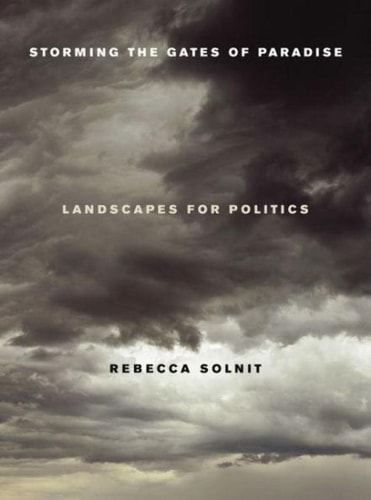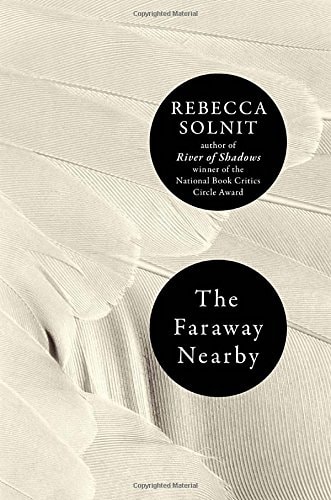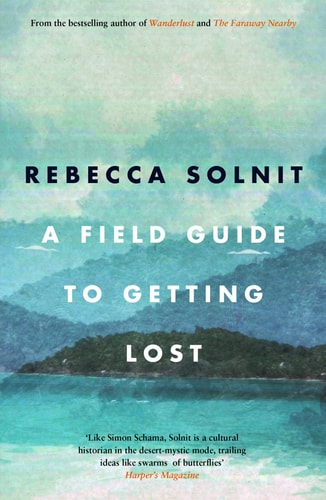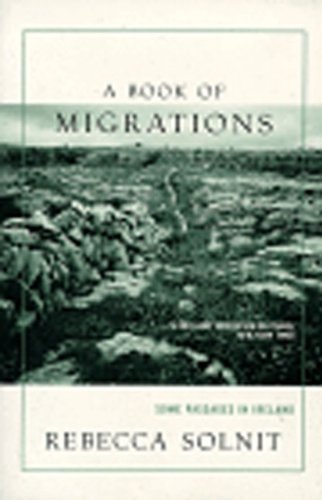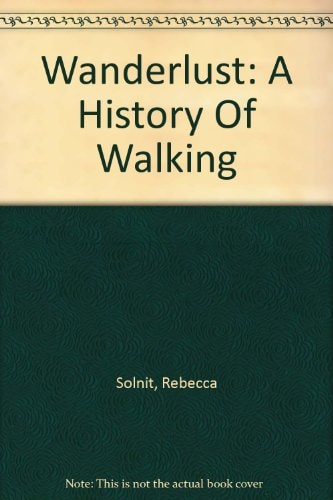
Draws together many histories-- of anatomical evolution and city design, of treadmills and labyrinths, of walking clubs and sexual mores -- to create a portrait of the range of possibilities for this most basic act. Argues that walking as history signifies walking for pleasure and for political, aesthetic, and social meaning. Hones in on the walkers whose everyday and extreme acts have shaped our culture, from the peripatetic philosophers of ancient Greece to the poets of the Romantic Age, from the perambulations of the Surrealists to the ascents of the mountaineers. There is a profound relationship between walking and thinking, and walking and culture. Argues for the necessity of preserving the time and space to walk in an ever more auto-dependent and accelerated world.
